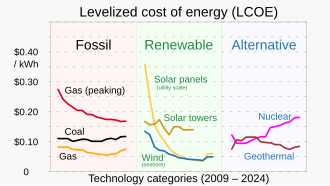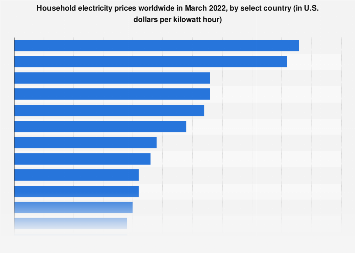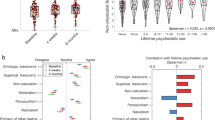Description of NGL or natural gas liquids
It is a group of hydrocarbons including ethane, propane, normal butane, isobutane, and added pentanes, AKA gasoline. They are a byproduct of the processing and refining of natural gas. NGLs are removed from natural gas and gas production plants Conroe Electricity Plans as a combined stream, often referred to as production or Y-grade. This stream is combined, like a strand of fiber, and split (separated) to produce ethane products, petroleum gases (propane and butane), and gasoline. Although derived from water, natural gas is kept in a liquid state for storage, shipping, and consumption.

A pure liquid gas, that is, at least 90% of the liquid with the same original molecular structure, is:
- Ethane
- Propane
- normal butane
- Isobutane
A mixed gas-liquid means that the liquid contains at least two different types of particles are:
Ethane/propane mixture (EP)
Three of the clean natural gas liquids we mentioned above – propane, normal butane, and isobutane – achieved double the distinction of being sold as petroleum gas. The “petroleum” component is included because these products can also be obtained from petroleum refining processes. Others are from the gas mixture that we have just discussed. These gases can be sold individually or as a mixture. They have a worldwide distribution and are used for domestic and commercial purposes. LPG can also be used as autogas in cars that can be fueled.
But, it is essential to remember that only propane, normal butane, and isobutane fall into this category. So, not all NGL is LPG.
Definition of LNG or natural gas
It is methane. LNG stands for Liquefied Natural Gas or Liquid Natural Gas and, as the name suggests, it is traditional natural gas, cooled to the point of liquefaction.
Methane is the main source of gas. It is a residue after most of the liquid from the gas has been removed.
When air is cooled to 161 degrees Celsius (brr!), it becomes liquid and can be sold as LNG, fuel for domestic, international, industrial, and transportation purposes. . As a reminder, NGLs are ethane, propane, normal butane, isobutane, and gasoline. They are produced by extracting natural gas or by refining oil. Finally, note the three traditional LPG: propane, normal butane, and isobutane. They fall under the broad category of NGLs.
The use is mainly of NGL/LPG and LNG
Now that we know what they are, what do they do? Used for NGL/LPG
Propane is used around the world as a cooking fuel (cooking fuel) and as a motor and industrial fuel. But, it is also used as a petrochemical feedstock and is a barrier to many of the plastics we use every day (such as plastic bags and milk). Butane is regularly mixed with gasoline at certain times of the year. It is also a feedstock for ethylene and butadiene, which are used to make polymers such as synthetic rubbers. Normal butane is also used to make a third LPG, isobutane, through a process called isomerization. Isobutane can also be separated from the gas stream and is a byproduct of the oil refining process. Isobutane is used to alkylate, an octane booster in gasoline. This is the key to the best combination. It is also used as a gas for refrigeration systems and as an air conditioner.
Using other NGLs
Ethane is often used as a raw material for the production of ethylene. Again, this is important in the production of plastic.
E/P Mix is a mixture of ethane and propane. A typical mixture is 80% ethane and 20% propane. But some chemical companies require special combinations.




